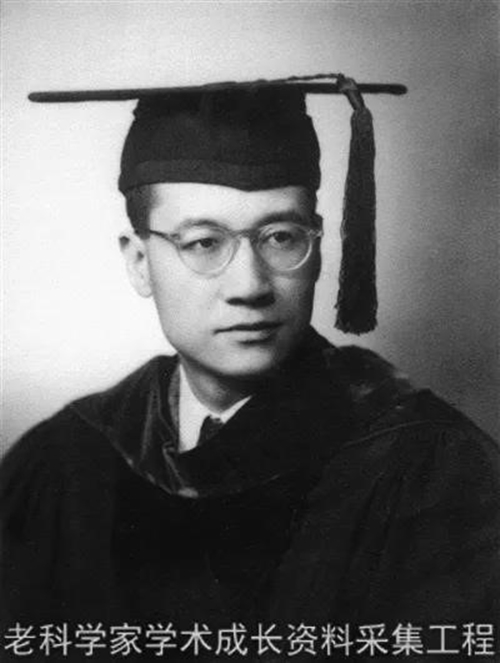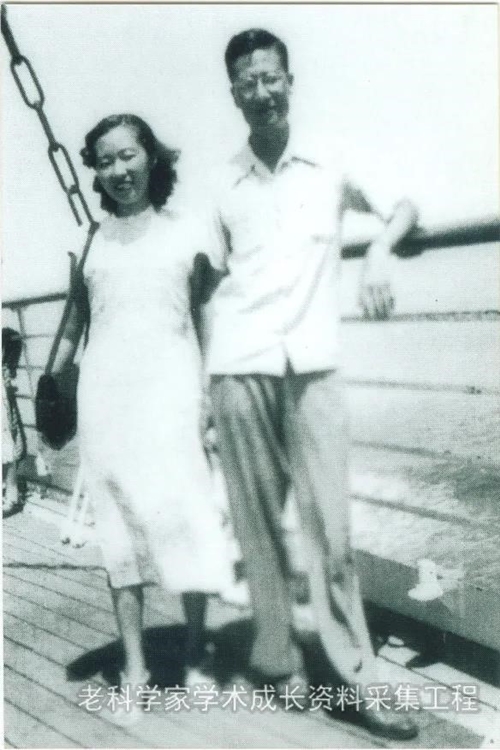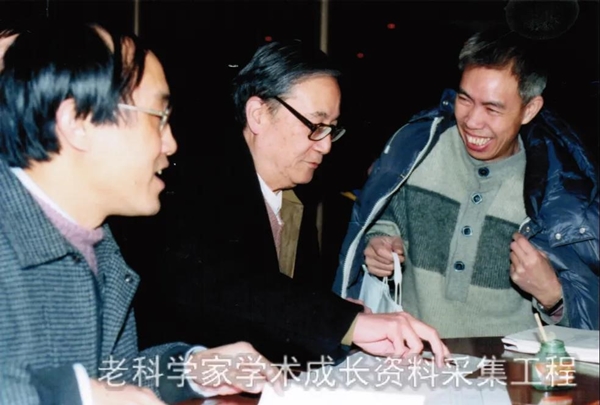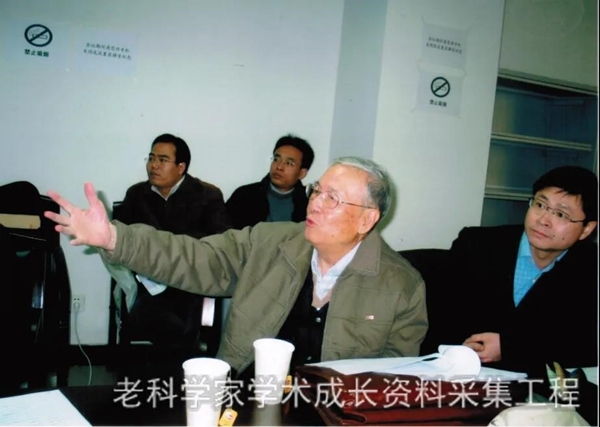Ye Duzheng: The first Chinese winner of the 'Nobel Prize' in meteorology
"It is better to do some practical research instead of physics. Meteorology is still a blank field in China, and I think its better for you to study meteorology. China lags behind in meteorological science. What China needs most now is practical learning," Qian Sanqiang said to a junior schoolmate of the department of physics in the 1930s.
Qian's persuasion changed this junior's life and expanded China's meteorological field. That junior was Ye Duzheng, who later became an academician of the Chinese Academy of Sciences, a principal founder of China's modern meteorology, the founder of China's atmospheric physics, a pioneer in global climate change research, and the winner of the State Preeminent Science and Technology Award, China's top scientific honor.
An ambition bound to science
The year 1916 witnessed China's first modern climate record and the birth of Ye Duzheng. In 1935, Ye was admitted to the Department of Physics at Tsinghua University, believing that a lifelong pursuit of physics awaited him. However, influenced by Qian's suggestion, Ye gave up his beloved physics and turned to meteorology, which seemed more practical for the country.
In 1941, Ye enrolled in the graduate school of Zhejiang University to study atmospheric science under meteorologist Tu Changwang and physicist Wang Ganchang. In 1945, he received an admission letter from the University of Chicago and went to the United States for further study.
In the US, Ye studied under Prof. Rossby, a renowned meteorologist, oceanographer, and founder of the Chicago Meteorological School, and joined the task force studying the cutting-edge discipline Atmospheric Circulation Jet Stream Phenomenon. Ye's dedication and capability won his peers' respect. He studied hard and boldly put forward his own ideas, earning Prof. Rossby's appreciation.

In 1948, Ye earned his PhD from the University of Chicago with honors and stayed on as a research assistant. His most representative thesis during his international study was his doctoral dissertation "Energy Dispersion in the Atmosphere", which provided a scientific basis for forecasting major troughs and ridges affecting weather development. This thesis is known as one of the three classic theories of dynamic meteorology. Ye also became a core member of the Chicago Meteorological School headed by Rossby and received several attractive offers from research institutions.

Despite his thriving career in the US, Ye decided to suspend it and return to his home country. In 1950, he and his wife Feng Hui returned to China aboard the President Wilson of the American President Lines.
Starting from scratch to nurture the youth
Upon returning from the US, Ye found a significant gap between China's meteorological field and those of developed countries. At that time, foreign meteorologists already had computers, while their Chinese counterparts didn't even have standard upper-air maps. Under such conditions, Ye led a team of young people to start their efforts in a dilapidated bungalow in Beijing. He began by teaching them how to read weather maps, nurturing many young meteorologists.
From 1950 to 1966, Ye expanded his research fields from weather dynamics and climatology to atmospheric physics. He established new sub-disciplines such as numerical forecasting, atmospheric detection, cloud and fog precipitation physics, weather modification, atmospheric electricity, and atmospheric turbulence.
Among Ye's research achievements, the closest to people's lives is numerical weather forecasting. In 1950, the world's first paper on the operational application of numerical weather forecasting was published, which drew Ye's attention. He immediately led a group of young people to start research. Due to the lack of computers required for numerical weather forecasting, they used manual calculations for experiments and conducted research on related scientific issues. In 1958, with the advent of China's first computer, they began numerical weather forecasting experiments based on their prior knowledge and theoretical reserves.
In 1969, the China Meteorological Administration officially issued a short-term weather forecast. In 1975, when China's numerical weather forecasting was still at a low ebb, Ye published the "Progress of Numerical Experiments on Atmospheric Circulation in Recent Years", which comprehensively introduced the development of numerical weather forecast models domestically and internationally and offered forward-looking opinions on several pressing issues. In 1978, at a meeting, the meteorological group of the former State Development Planning Commission decided to establish a system for China's numerical weather forecasting. Ye formulated an effective technical route, enabling China to establish a short-term numerical weather forecast system in just two to three years.
Ye was rigorous in his studies, never tolerating carelessness from his students. Moreover, he always convinced students with reason and never imposed his academic views on others. "I like students who dare to challenge me," he said. "Students should have their own opinions, dare to say 'no' to me, and challenge authority. I will feel successful when my students outperform me."

Ye Duzheng instructs students at the Institute of Atmospheric Physics. [Photo/mmcs.org.cn]
An ageless giant aiming at the world
As a meteorologist, Ye's later achievements extended beyond general meteorology. In 1984, American meteorologist Tom Malone visited Ye in Beijing, hoping to collaborate on a new field: global climate change. Human beings emit a large amount of carbon dioxide into the atmosphere, causing global warming that impacts not only China but the entire world.
Ye's thinking was more far-reaching. He made "orderly human activities" a significant topic in his late-years research. Nearing 90 years old, he remained deeply concerned about global climate change. At the 2003 International Symposium on Climate Change, Ye proposed the concept of "orderly human activities", emphasizing that past human activities were often disorderly and that future actions needed restraint. Orderly human activities aim for sustainable development, providing both theoretical and practical measures to counter the negative effects of global changes like global warming and land degradation.

Academician Ye Duzheng at an academic meeting. [Photo/mmcs.org.cn]
In 2004, Ye won the International Meteorological Organization Prize, known as the "Nobel Prize" in meteorology, becoming the first Chinese recipient of this honor. In 2010, with the approval of the IAU WGSBN, an asteroid was named after him.
"Time is always insufficient." Ye dedicated his life to meteorology and his motherland. He devoted significant effort to cultivating students and promoting younger generations. Today, his students work across China. He also looked far into the future about the changing living environment, sounding the alarm for the whole world.








